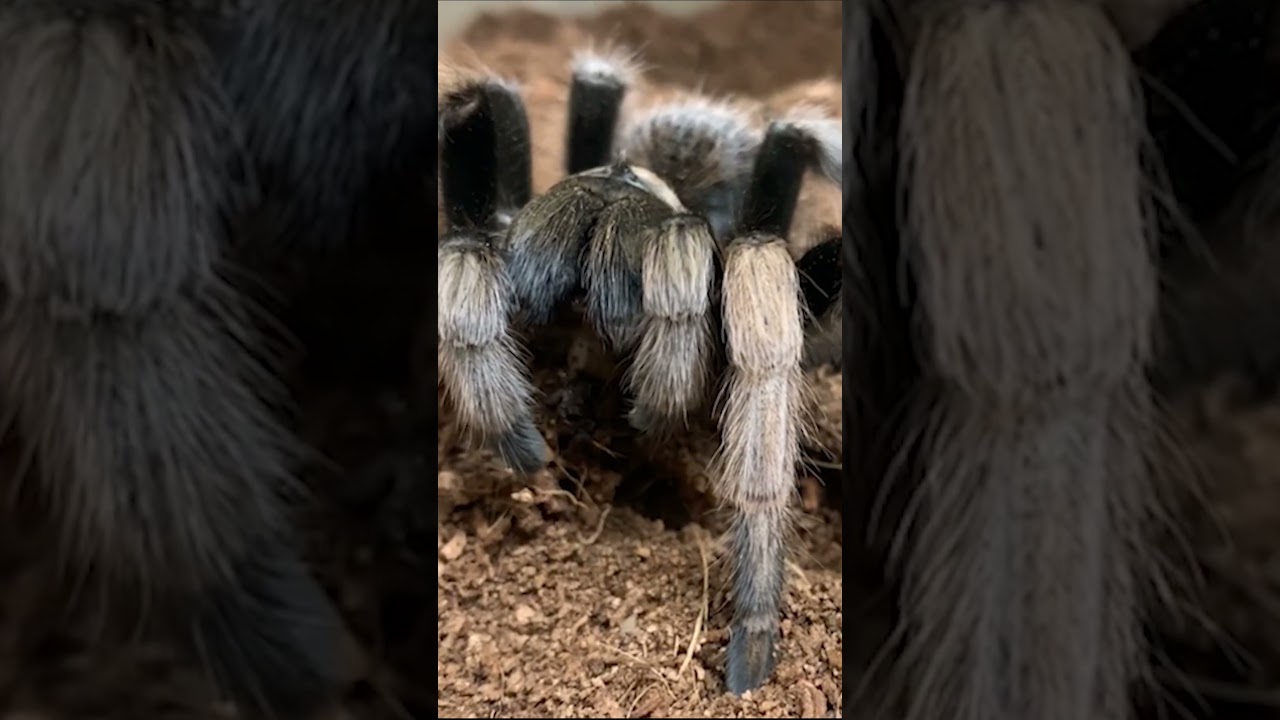- Biological Characteristics and Adaptations of the Desert Blond Tarantula
- Habitat and Distribution in the Wild
- Behavioral Patterns and Feeding Habits
- The Role of Zoos in Conservation and Education
- Conservation Challenges and Strategies for the Desert Blond Tarantula
The desert blond tarantula, scientifically known as Aphonopelma chalcodes, is an intriguing arachnid species found predominantly in the southwestern United States. Its fascinating life cycle, behaviors, and ecological importance make it a subject of immense interest for both academic and conservation communities. This article delves into the biological features and life strategies that characterize this remarkable tarantula, examining its adaptation mechanisms, habitat preferences, feeding patterns, and its conservation status.
At the heart of its identity, the desert blond tarantula boasts a robust physiology that supports its survival in harsh desert environments. Measuring about 4 to 5 inches in leg span, this tarantula is not the largest of its kind, but it certainly makes an impression with its striking blond coloration, an adaptation that provides camouflage against the sandy terrain. The thick exoskeleton protects it against both environmental stressors and predators, while its reinforced fangs serve as formidable tools for both hunting and defense.
Adaptation to arid conditions is key for survival. This species possesses specialized hairs called setae covering their bodies, which are sensitive to vibrations in the ground—an essential trait for detecting potential prey or danger. Additionally, they exhibit a unique hydration strategy, relying on stored water within their bodies, as well as moisture obtained from prey, thereby reducing their dependency on scarce surface water sources. These remarkable adaptations illustrate the biological mastery of the desert blond tarantula over its environment.
In exploring their habitat, desert blond tarantulas predominantly inhabit regions within Arizona and New Mexico, extending partially into California’s deserts and the Mexican Sonoran Desert. These areas provide the necessary temperature range and terrain that the species needs for burrowing and hunting. They are most frequently found in loose, sandy or rocky soils where they construct elaborate burrows. Such burrows serve multiple functions—offering refuge from extreme temperature fluctuations, a sanctuary from predators, and a strategic base for ambushing unsuspecting invertebrates.
Understanding their behavior requires an assessment of their solitary and nocturnal nature. The desert blond tarantula is predominantly a ground-dweller, venturing out of its burrow mainly at night when the cooler temperatures reduce water loss through evaporation. These tarantulas are opportunistic hunters, preying on insects, small rodents, and other arthropods. Their feeding strategy involves lying in wait to ambush prey, using a combination of stealth and speed to capture their meals.
Once prey is detected, the tarantula employs its venomous fangs to subdue and pre-digest the victim, before suctioning the liquefied meal. While these spiders are venomous, their venom is typically harmless to humans, akin to a bee sting in potency. Nevertheless, the desert blond tarantula plays a crucial ecological role by regulating pest populations, and it serves as a food source for larger predators like birds and small mammals.
An important aspect of these tarantulas’ existence and conservation is the role of zoos. Zoological institutions worldwide contribute significantly to the conservation of species like the desert blond tarantula through effective captive breeding programs, educational outreach, and research initiatives. Zoos have the unique opportunity to bridge the gap between the public and the natural world, cultivating awareness and inspiring conservation action amongst visitors.
Education efforts often include interactive exhibits and presentations that highlight the biological significance and plight of arachnids, dispelling myths and fostering a respect for these oft-misunderstood creatures. In conjunction, zoos collaborate with researchers to better understand the health, reproduction, and genetics of these species, aiding in developing strategies to prevent disease and promote population health in both captivity and the wild.
Conservation challenges facing the desert blond tarantula are multifaceted, including habitat destruction, climate change, and illegal pet trade. As development encroaches on desert habitats, tarantulas lose access to crucial burrowing grounds, threatening their populations. Climate change further exacerbates this issue by altering temperature and precipitation patterns, potentially unsuitable for the tarantula’s adaptive thresholds.
Counteracting these challenges necessitates concerted conservation strategies. Habitat restoration and protection projects are vital to preserving the ecosystems these tarantulas call home. Creation of protected areas, alongside efforts to rehabilitate land damaged by human activities, can contribute significantly to species sustainability.
Regulating the pet trade is another crucial step. While it may be tempting for enthusiasts to collect these spiders for personal collections, over-harvesting can severely deplete wild populations. By promoting responsible pet ownership and supporting captive breeding programs, the demand for wild-caught specimens reduces.
In summation, the desert blond tarantula exemplifies an extraordinary case study of adaptation, survival, and ecological importance in arid landscapes. Understanding its biology, behavior, and conservation needs contributes to broader ecological conservation efforts and helps safeguard biodiversity for future generations. As we continue to learn more about these remarkable creatures and their environment, our capacity to implement effective conservation strategies will enhance, ensuring that species like the desert blond tarantula remain a vibrant part of our planet’s rich tapestry of life.
*****
Source Description
Have a rootin tootin weekend featuring Hilda, the desert blond tarantula 🕷🤠
Native to the Southwest United States, desert blond tarantulas have distinctive blond hairs to blend in with the desert sand and rocks. Guests may not recognize Hilda right away because she lives behind the scenes with other Ambassador Animals, who travel the state on educational Zoo programs.
📹 Ambassador Animal Lead Keeper Julia


